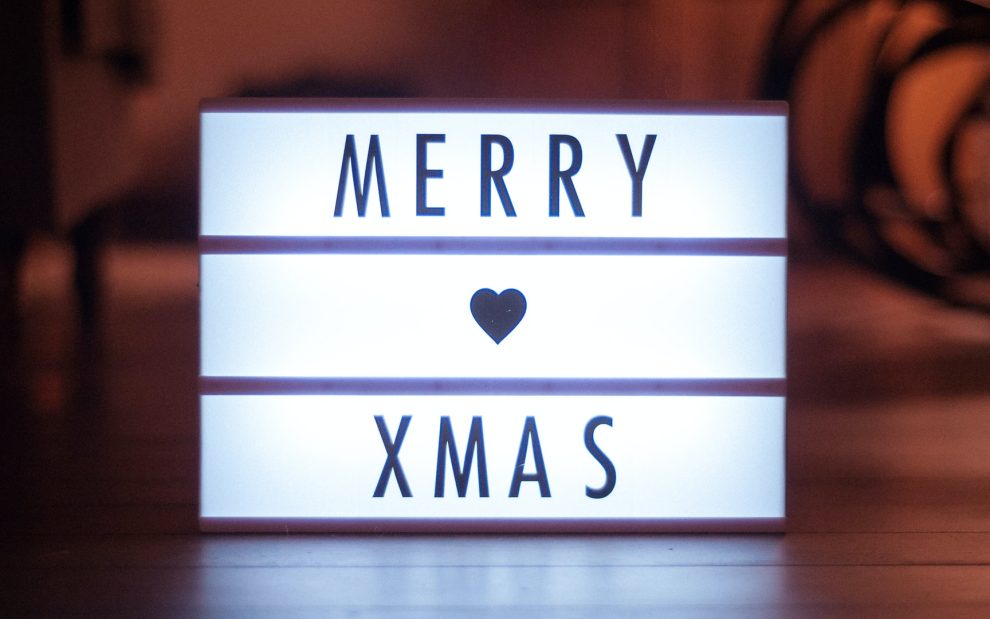Abbreviations can be a blessing. At least I think so. They make communication easier. In the 21st century, an example of this is the way we often text with friends and family. Once you decipher the codes and learn to use them, texting takes on a life of its own. Many texting abbreviations make sense and are useful. For example: LOL = laugh out loud; SMH = shaking my head; OMW = on my way.
The church also uses this sort of shorthand to make communication easier. It uses abbreviations such as RCIA (Rite of Christian Initiation of Adults), CCD (Confraternity of Christian Doctrine), CYC (Catholic youth center), TLM (traditional Latin Mass), and JPII (St. Pope John Paul II).
Other abbreviations used by the faithful are more perplexing. Prominent among them, at least for Catholics and our ecumenical brothers and sisters, is the abbreviation Xmas for Christmas. Is this like the X in X-Men (Professor Xavier’s force) or the X in Malcolm X (a sign of the unknown, since slavers annihilated the names of enslaved people)?
It is neither. The X in Xmas comes from the word Christ. Yes, I realize that Christ does not begin with an X. At least not in English. In Greek, the language of the Christian scriptures, Christ comes from Christos (Χριστός) and begins with the Greek letters chi (X) and rho (ρ). Christos was the agreed-upon translation for the Hebrew word Messiah because both carried the connotation of being covered (or anointed) with oil. The earliest Christians attempted to take the Hebrew (or Aramaic) name of the savior, Jesus the Messiah, and translate it to Jesus the Christ.
This means the first two letters resemble the English alphabet’s X and P. That’s why the Easter candle, along with a lot of traditional Catholic art and sacramentals, has the Chi-Rho sign (☧).
Christmas is abbreviated as Xmas because it holds on to this tradition. Christianity in the Roman Empire was illegal, and the earliest Christians were often persecuted. They used the Chi-Rho to mark their worship spaces, tombs, and other important locations. Centuries later, Emperor Constantine had his armies paint the Chi-Rho on their weapons and shields. As Christianity inculturated into the Mediterranean and converged with the Roman Empire, the Chi-Rho became prominent in liturgies, church buildings, artwork, jewelry, and even on the official coins of Rome. After the fall of the Western Empire, the Irish illuminated manuscripts of scripture continued this tradition of using Chi-Rho as a Christian symbol for Catholics. For our Eastern Orthodox brothers and sisters, the Chi-Rho never went away.
Most Catholics have heard the saying, “Keep Christ in Christmas.” We believe it and still write Xmas as shorthand. Some of our family, friends, and ecumenical kin take offense at the practice. However, even though we usually write Xmas for convenience, we are continuing with a sacred tradition. We carry on the work of translation and adoration begun by our spiritual forebears.
Merry Xmas!
This article also appears in the December 2021 issue of U.S. Catholic (Vol. 86, No. 12, page 49). Click here to subscribe to the magazine.
Image: Unsplash/Tom Rickhuss













Add comment